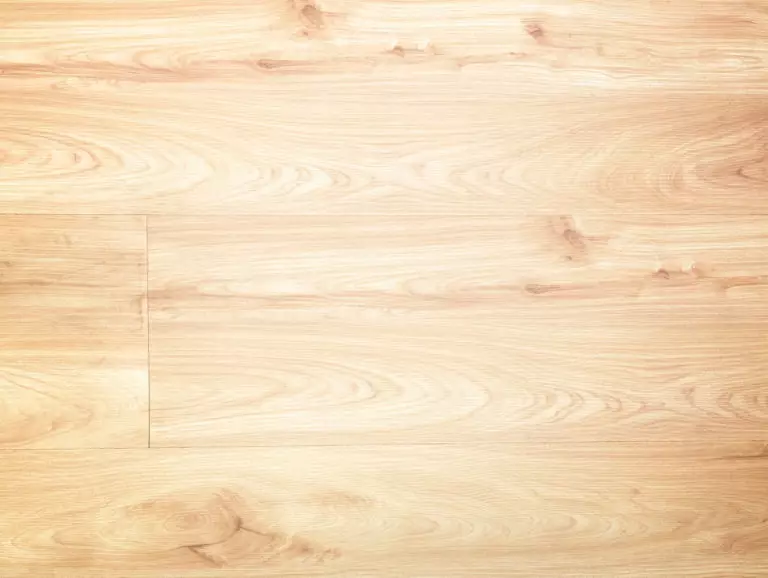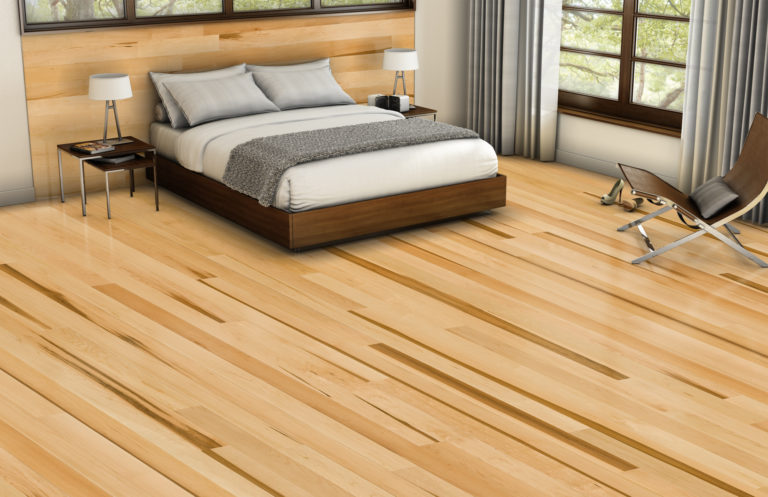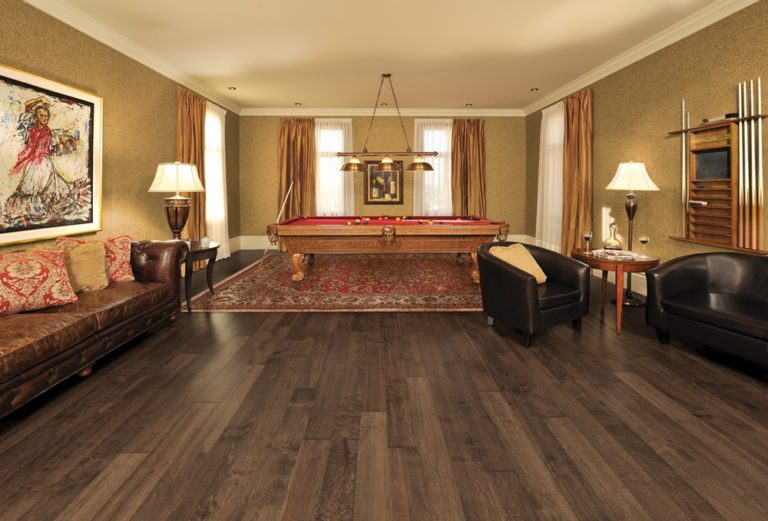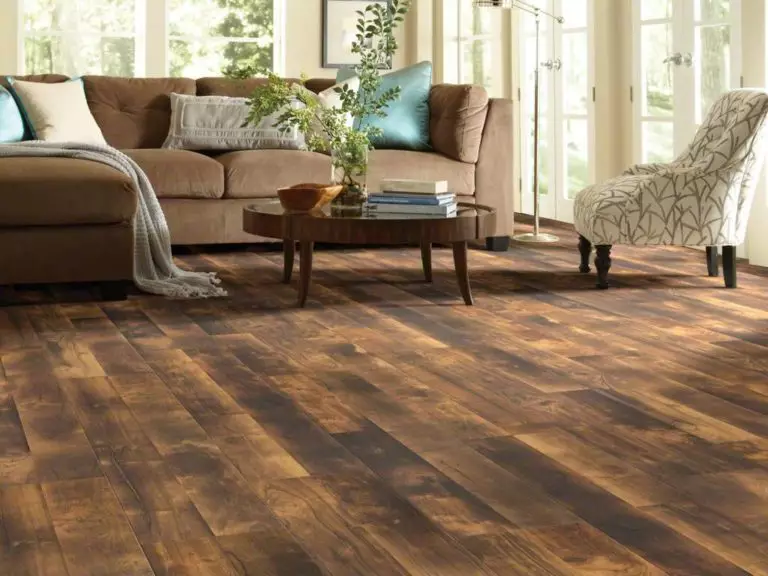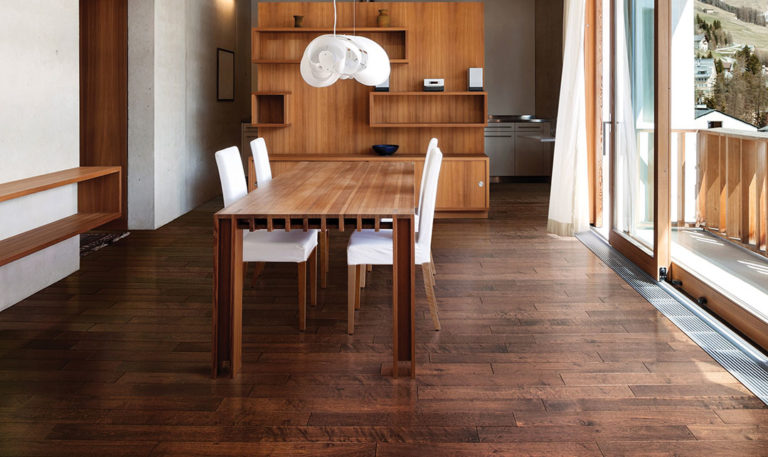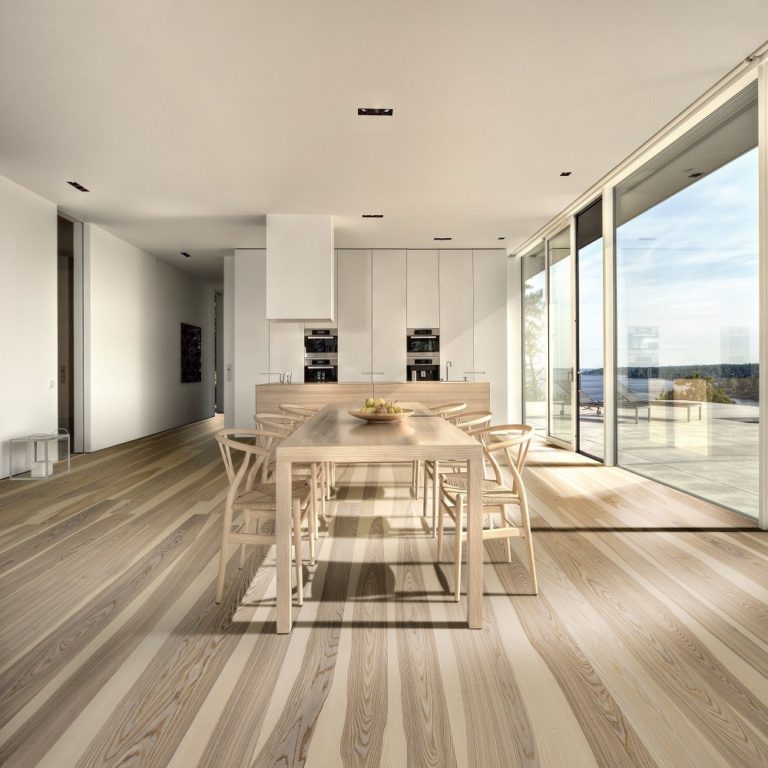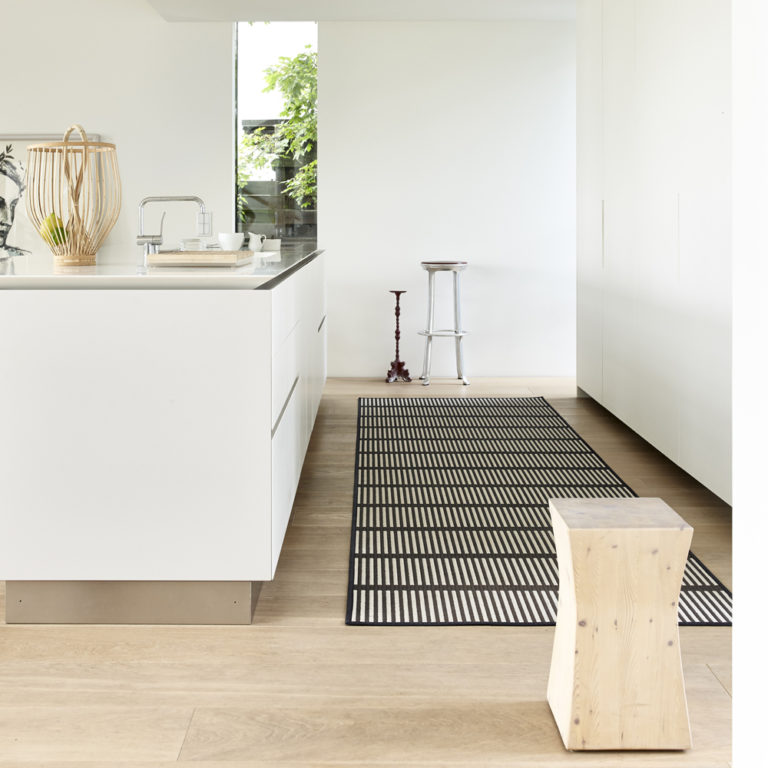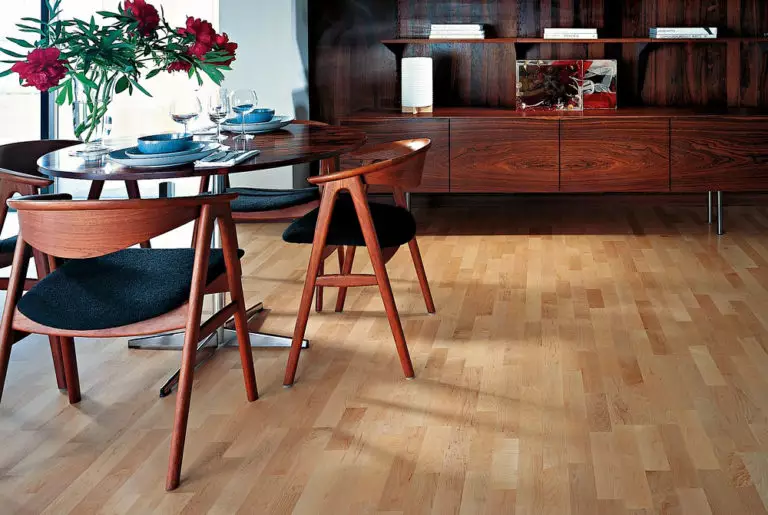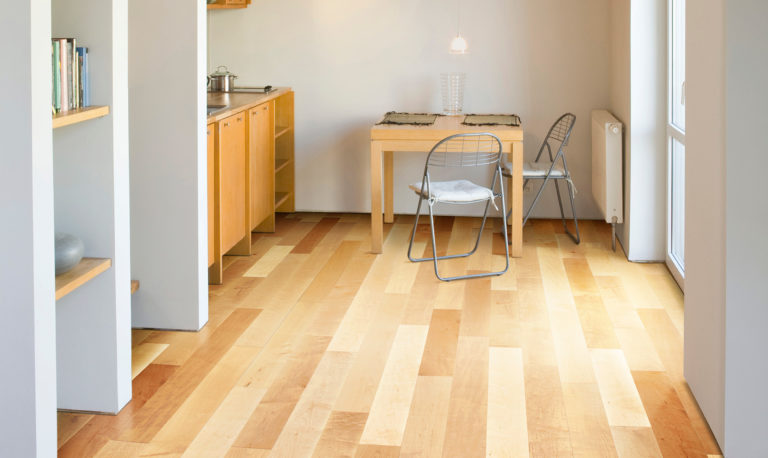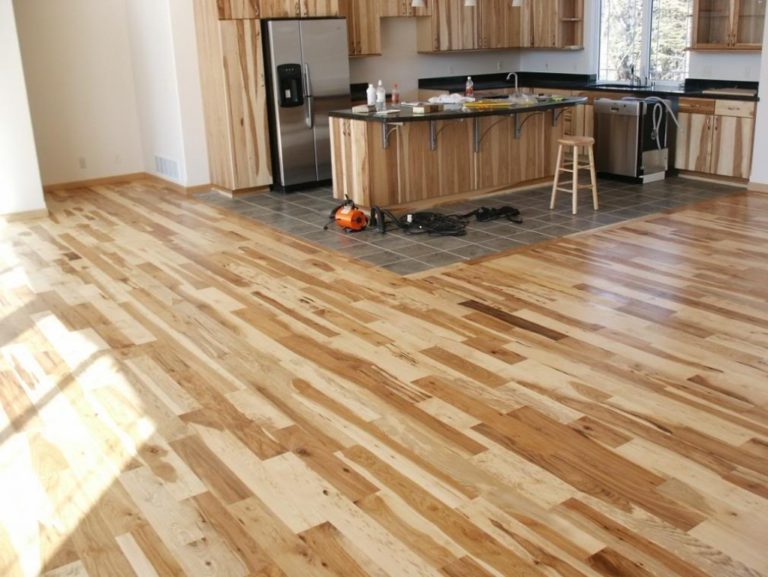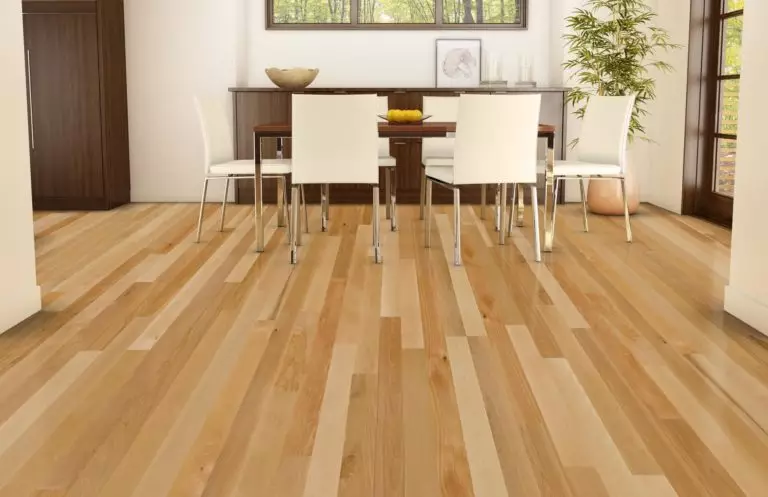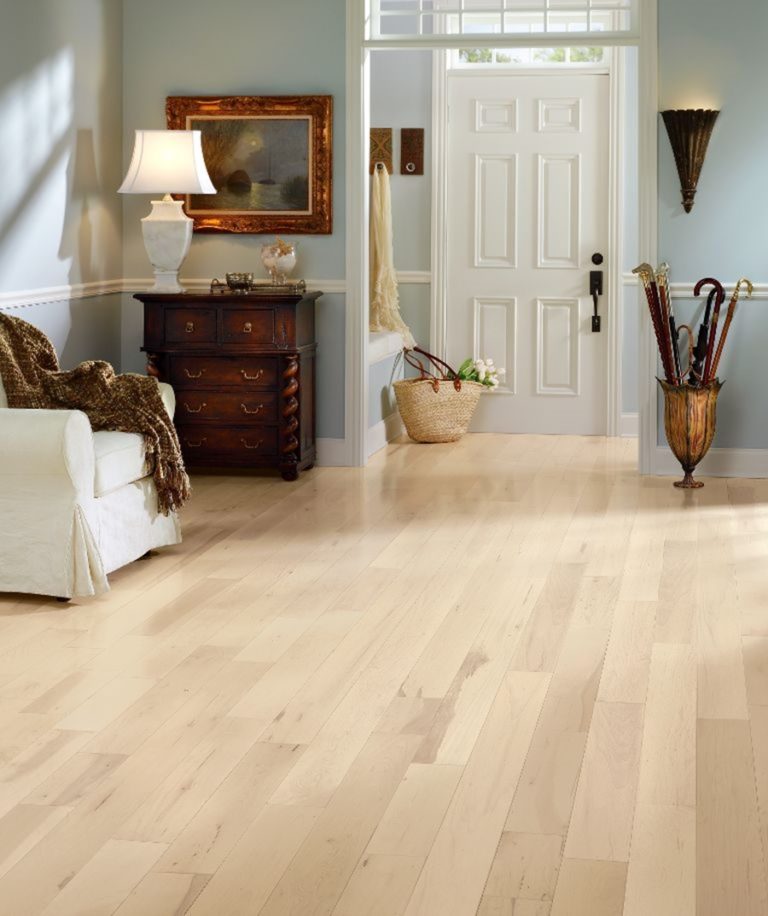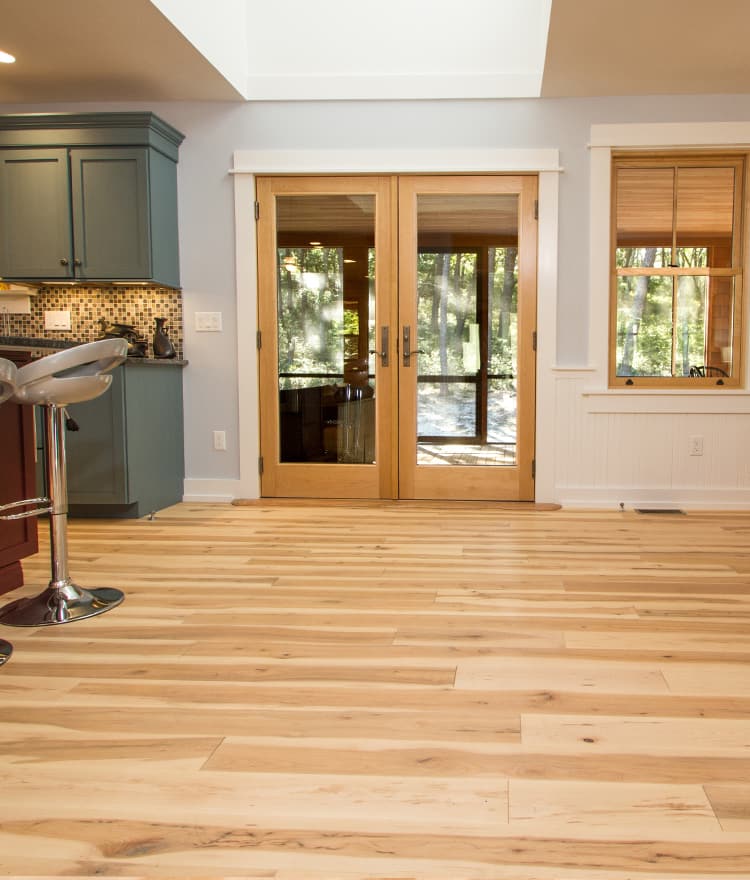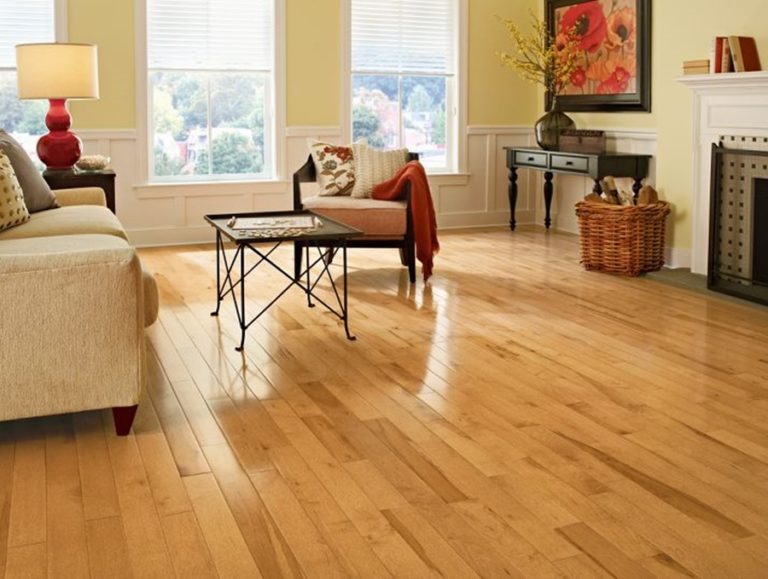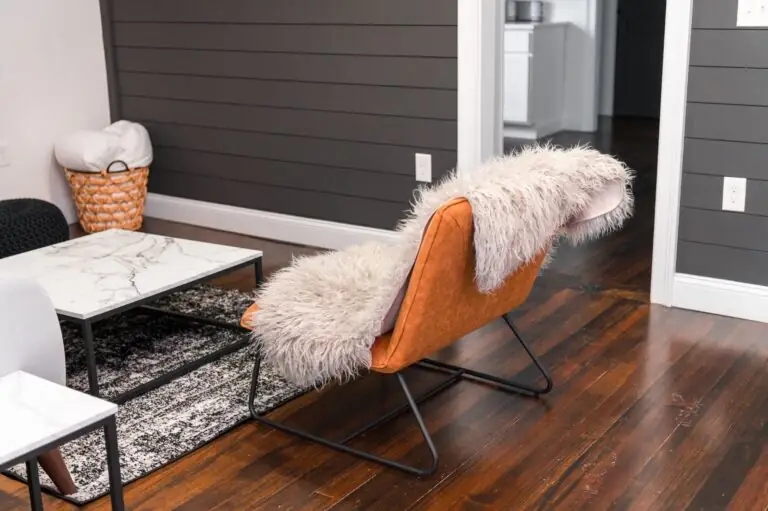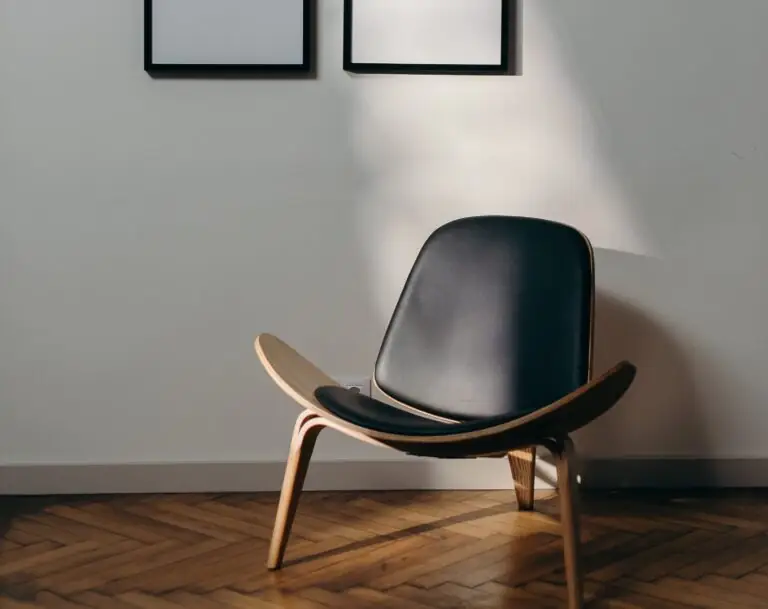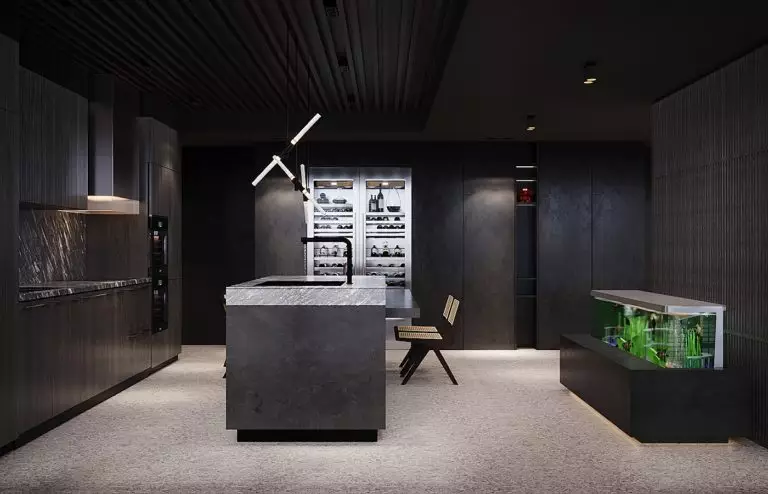Maple flooring: pros and cons, varieties and design ideas
Maple is one of the most popular hardwoods used in modern flooring. Its delicate texture and light creamy tones were trendy in interiors close to the classics. Today, maple flooring has become a hit again: their palette and texture perfectly match the laconic naturalness of the Scandinavian style and minimalism that are in demand today. If you like such a solution, you should learn more about the features of the choice of material and its use in the interiors of various designs.
Maple wood varieties
When choosing maple wood for your floor, you should be more careful and be sure to pay attention to the type of wood. The fact is that today in various industries, several types of plants are used at once, which are divided into two types:
Hard maple
This type includes two maple varieties – black (Acer nigrum) and sugar (Acer saccharum). For high-quality floors, solid wood is used, which has excellent strength characteristics and surprisingly beautiful shades.
Soft maple
The soft maple varieties are obtained from four plant species – silver (Acer saccharinum), red (Acer rebrum), large-leaved (Acer macrophyllum), and boxelder (Acer Negundo). As a rule, the values of mechanical strength of such maple are lower. Therefore it is used in the production of veneers, pallets, boxes, and decor.
To avoid buying the wrong material, it is worth purchasing maple flooring from trusted manufacturers, and be sure to study all the certificates and documents attached to it.
Maple wood grade
Depending on the selection of raw materials and processing technology, there are three grades of maple floors.
- Select. This is the hardwood of the highest class, for which the highest quality maple wood is used – without knots, excessive yellowness, and color drops. The result is a perfectly even flooring with virtually no imperfections and pleasant, uniform color. Another kind of hardwood of this grade is Natural – and in appearance and properties, it is almost identical to the Select type.
- Classic. The type of hardwood for which raw materials are selected with minor defects – sapwood, knots of small diameter, and even not too noticeable color changes. At the same time, it is distinguished by higher mechanical strength and abrasion resistance and is somewhat cheaper.
- Rustic. This category includes a floor covering with many defects – primarily knots, sometimes forming intricate patterns. Rustic is the most practical and durable, and fans of country and vintage styles find it charming.
Maple floor: which flooring to choose?
Maple wood is used in the manufacture of various types of flooring. The following options are most popular today:
- Solid hardwood flooring. One of the most expensive types of flooring with elements of impressive thickness and high-quality processing. It often has a finished textured surface, but you can also purchase raw elements for applying decorative coatings according to your own design project if you wish.
- Engineering maple. The elements of the flooring are thinner but no less durable and resistant to stress. This type is appreciated for its pronounced decorative properties and an extensive color palette.
- Maple veneered laminate. The most affordable option with slightly reduced strength and performance characteristics. Simultaneously, this drawback is compensated by the variety of material – both in width and structure and in terms of color.
Benefits of maple flooring
You can talk endlessly about maple wood features as a material for flooring, but it is much more interesting to talk about it in the context of use for interiors. Designers highly regard maple floors for the following benefits:
- a wide color spectrum – from yellowish cream to light gray shades;
- fine homogeneous texture, giving the floor an expensive and neat look;
- high susceptibility to processing and staining, allowing you to achieve various textures and shades;
- excellent hardness and strength (value on the Janka scale -1 450);
- an impressive price range – from luxury solid wood floors to affordable laminate.
Disadvantages of maple flooring
Despite all the advantages of such flooring, maple floors still have several features that you should pay attention to both when buying and during operation:
- Fear of moisture. It is not recommended to install maple wood flooring in rooms with high humidity: the flooring can swell, deform or stain.
- Change in color over time. Even light gray maple begins to turn yellow over time. This is due to both the oxidation processes of natural oils in the wood itself and the use of oil-based polyurethane sealants. To avoid this, it is recommended to use water-based floorings and avoid direct sunlight on the parquet or board.
- Fear of scratches. Despite its hardness, maple is quite sensitive to mechanical stress, and without proper processing and high traffic in the room, it can quickly become covered with a net of small scratches. A good protective coating and professional polishing every 3-5 years will help preserve the floor’s original beauty.
- The need for professional installation. Self-laying of a solid maple hardwood flooring is not recommended due to the complexity of the work itself and the preparation for it – first of all, laying the subfloor and underlay. In order not to spoil the expensive flooring, it is worth using the services of pros.
Maple flooring in various interior styles
A sophisticated light palette and a unique homogeneous texture have found their application in the following interior styles:
- Neoclassical. If, for a traditional classic interior, such a floor may seem too “light”, it will become a real find for neoclassical style with its airy palette. A plus in this context will also be the almost complete absence of knots and uneven texture.
- Scandinavian. Maple floors in cool gray tones emphasize the coziness, simplicity, and serenity of Scandinavian style and provide the perfect backdrop for laconic textiles and natural decor.
- Retro. Creamy floors and bright furniture are a combination that is unlikely to go out of style, while the warm yellowish tint of maple gives the impression of a floor with a history.
- Minimalism. The style does not tolerate excessive decorativeness and vibrant textures. That is why maple flooring will provide a harmony of shades and precise geometry of surfaces and furnishings.
Maple floors: Conclusions + Photo Gallery
Maple flooring is a wonderful investment in the comfort and aesthetics of your own home. With proper care and the choice of quality material, you will receive a flooring that can serve your family for decades.
